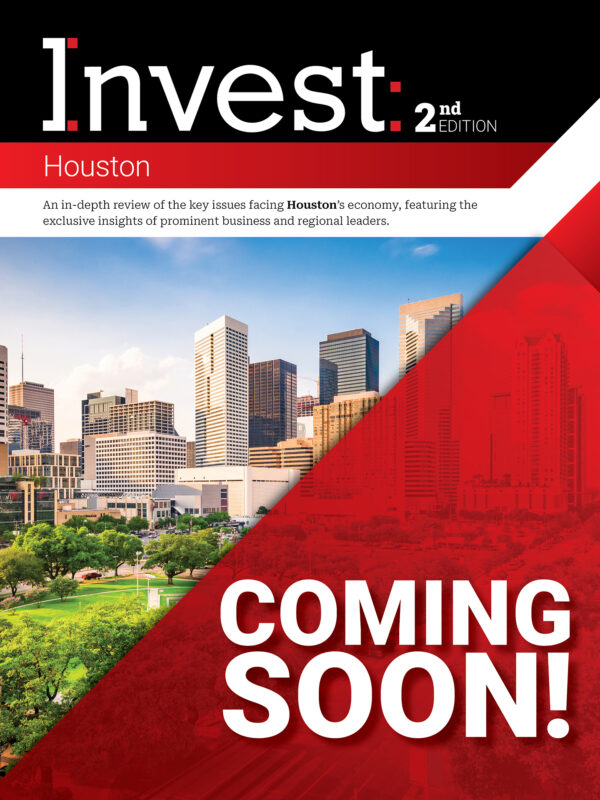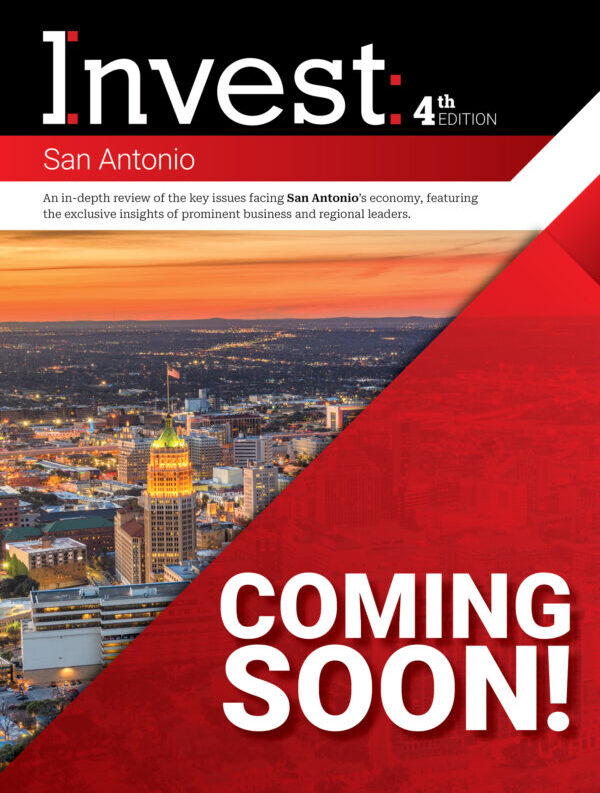Ken Malcolmson, President & CEO, North Dallas Chamber of Commerce
“The Dallas Fort Worth region, with its population of 8 million, is poised to become the third largest metro area in the country, surpassing Chicago in the next five years,” says Ken Malcolmson, president & CEO of the North Dallas Chamber of Commerce. “This growth presents an opportunity for us to showcase our potential and compete on a larger scale.”
Has there been any shift in membership over the past year?
We’ve remained relatively stable from a growth perspective. New membership is higher than it’s been in many years. And we are pleased that our persistence levels are higher. Our board composition continues to grow and reflects a growing financial and engagement commitment.
This outcome is a combination of intentional efforts and organic growth. Our team has dedicated significant time to engaging with the marketplace to create opportunities to collaborate, actively reaching out to various organizations, and highlighting the numerous benefits they would gain from their involvement with the North Dallas Chamber of Commerce.
Is the business relocation trend to the area slowing down?
The bottom line is that the core strengths and appeal of the North Texas region haven’t changed. The relocation trend has slowed because it was very heated pre-pandemic, during the pandemic and then post-pandemic. Right now, I have to believe that we’re still well-positioned. I think we’ll continue to be that way for at least the foreseeable future.
How important is infrastructure to the business development of your region?
If you go back to the early ’70s when the cities of Fort Worth and Dallas came together to partner in the development of DFW airport, it had a profound impact on the region’s economic engine. As we continue to evolve, our two high-performing airports remain a crucial driver of economic growth.
We are excited about the recent announcement of the development of a new terminal at DFW Airport, with significant renovations and infrastructure costs. Those are major investments, but central to maintaining a competitive advantage. That’s why I’m very proud of this region for continuing to make those investments, especially considering our population continues to grow dramatically. Projections indicate that by 2030, we will surpass the Chicago metro area and become the third-largest metro area in the country.
What do you think are the major challenges of the region now?
Some of the questions being posed are around the low-cost advantage, which is a significant edge compared to the Tri-State area, Chicago, or California. There is a significant difference in affordability. But is that low-cost advantage beginning to erode? That’s one question that we pose all the time and we have to remain hawkish around property taxes and things like that. Can the infrastructure keep up with the growth? That’s a major concern. So far, it’s been an acceptable level, but ultimately, we can become gridlocked like a lot of other major metro areas. There is a whole issue around housing, especially affordable housing. Affordable and available housing near the urban cores of Dallas and Fort Worth presents a significant challenge that needs to be addressed.
So, we have to continue to focus on that and then the last thing is that we have a nice talent pipeline and a relatively well-educated workforce. But we have to stay on that diligently since, in Texas, we are undereducated relative to the other major metro areas in terms of the percentage of college graduates.
How do you imagine Dallas-Fort Worth five years from now?
Five years from now, I think we’re talking about growth. The growth trajectory has slowed some because you can’t stay on that trajectory forever. But we’ll still be in that really strong growth mode. We will still have many of the advantages that we have right now. Yes, we’ll be challenged to manage the population growth, but our elected officials, business economy, and educational systems are all up for the task.













